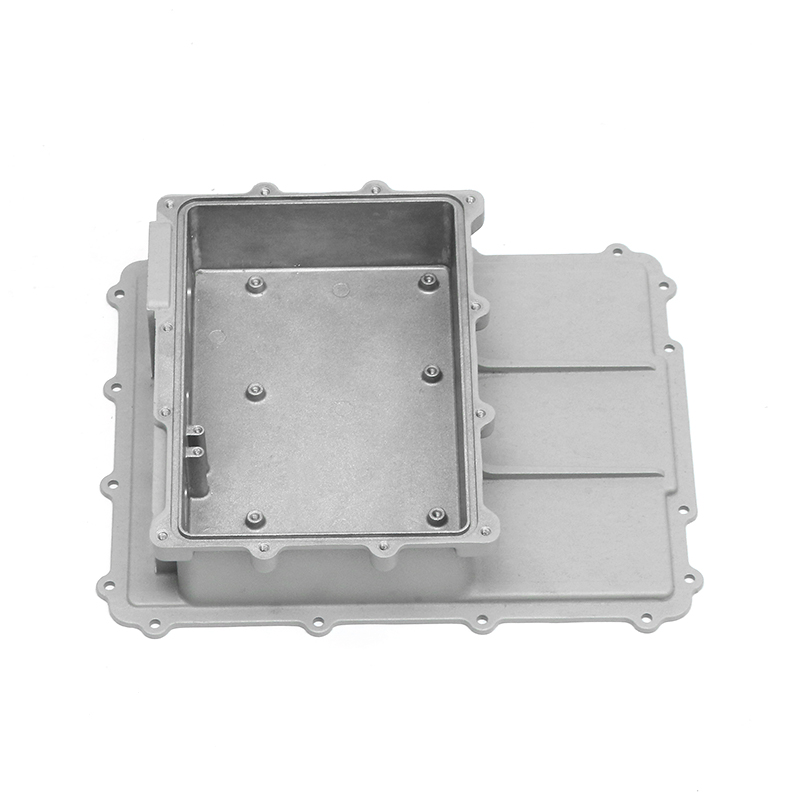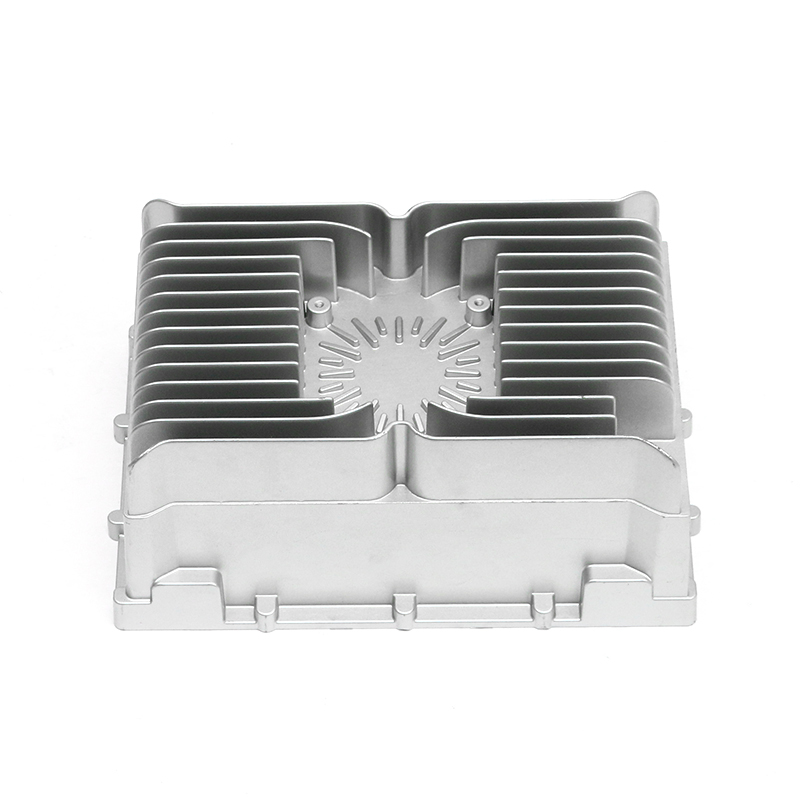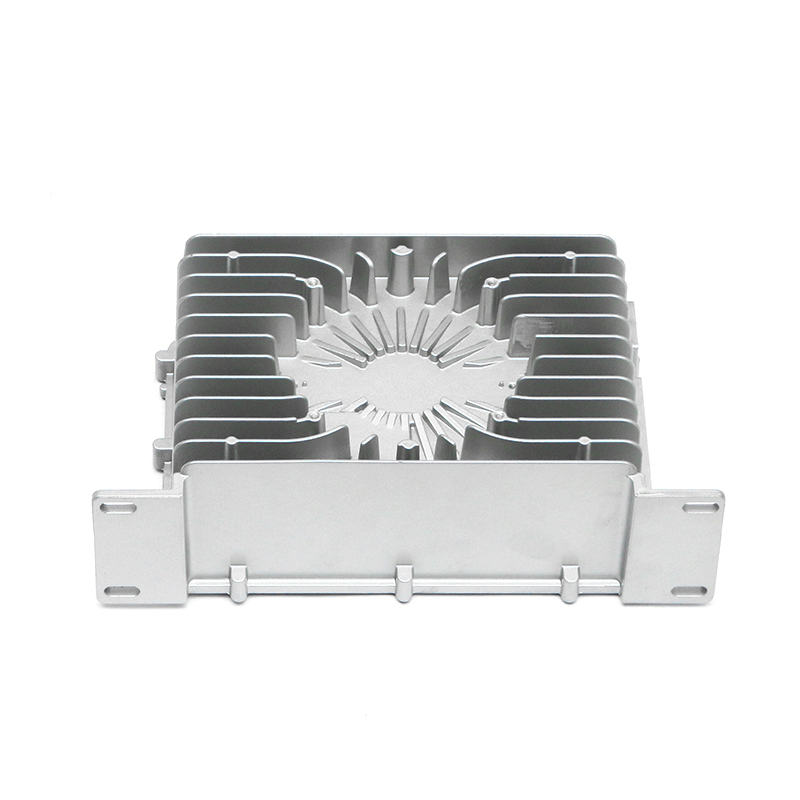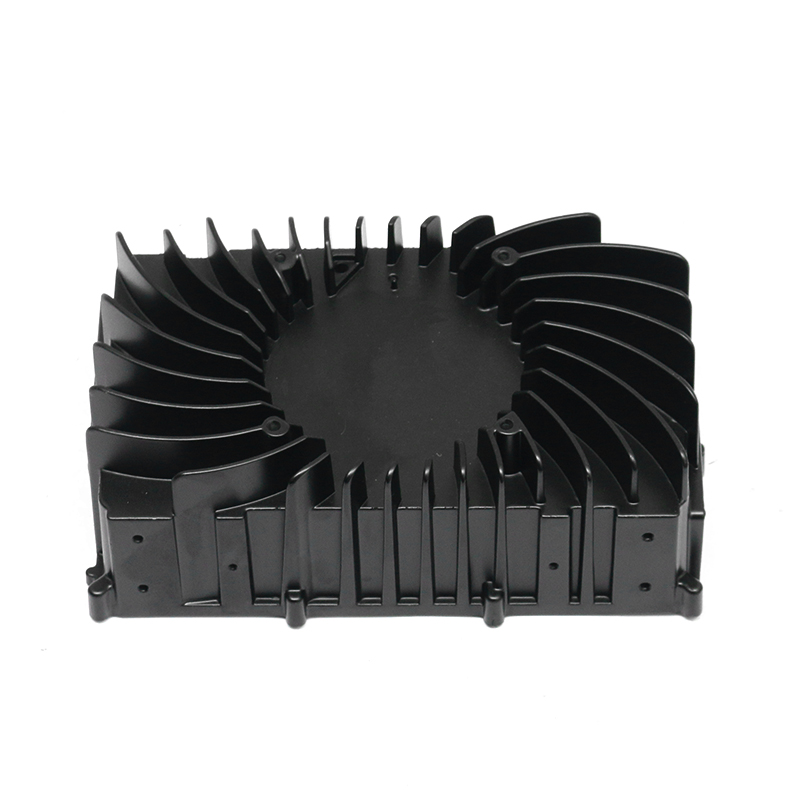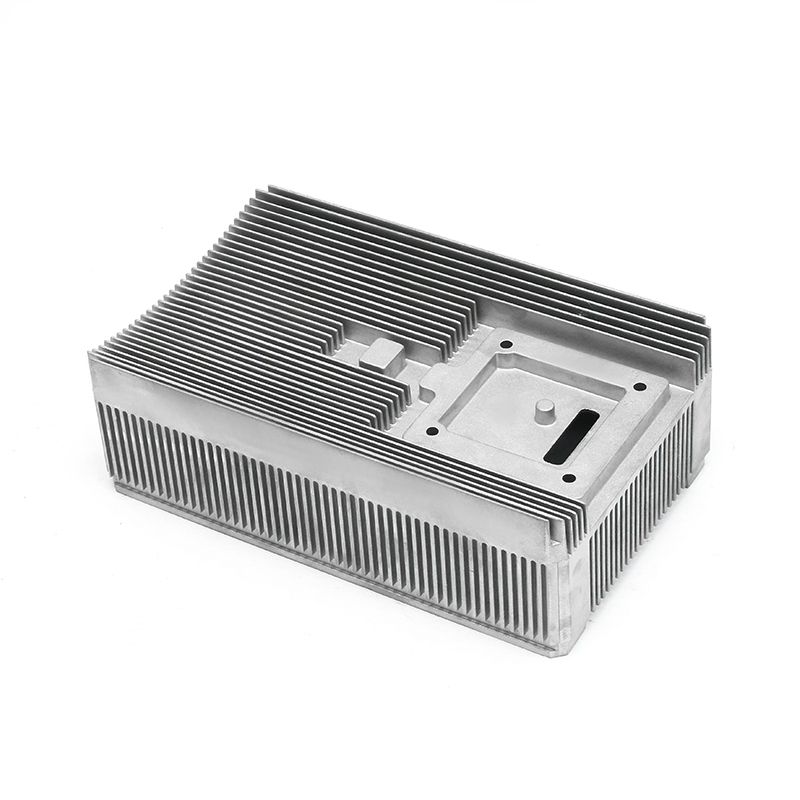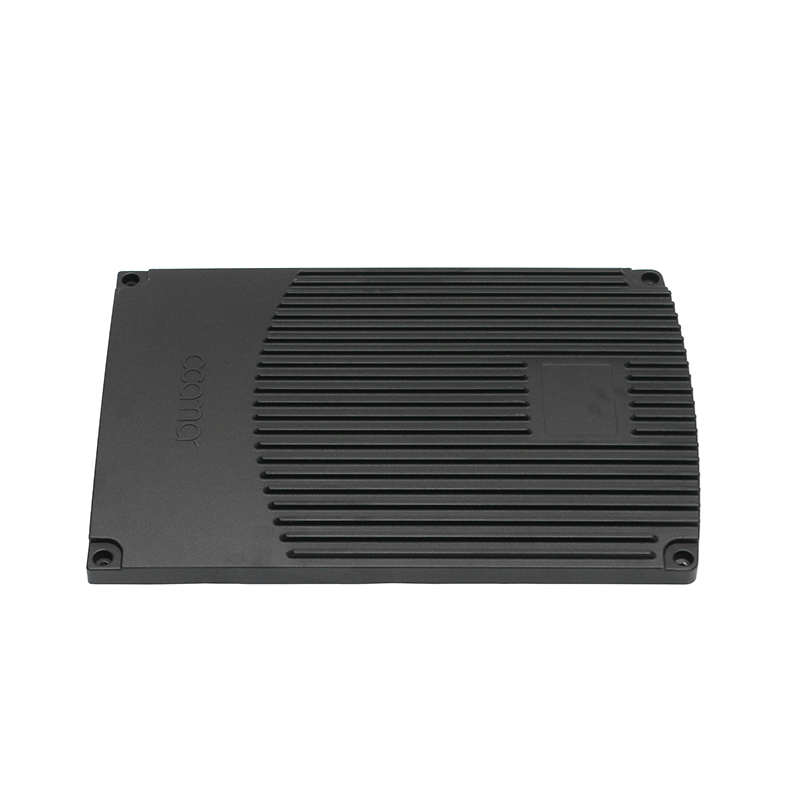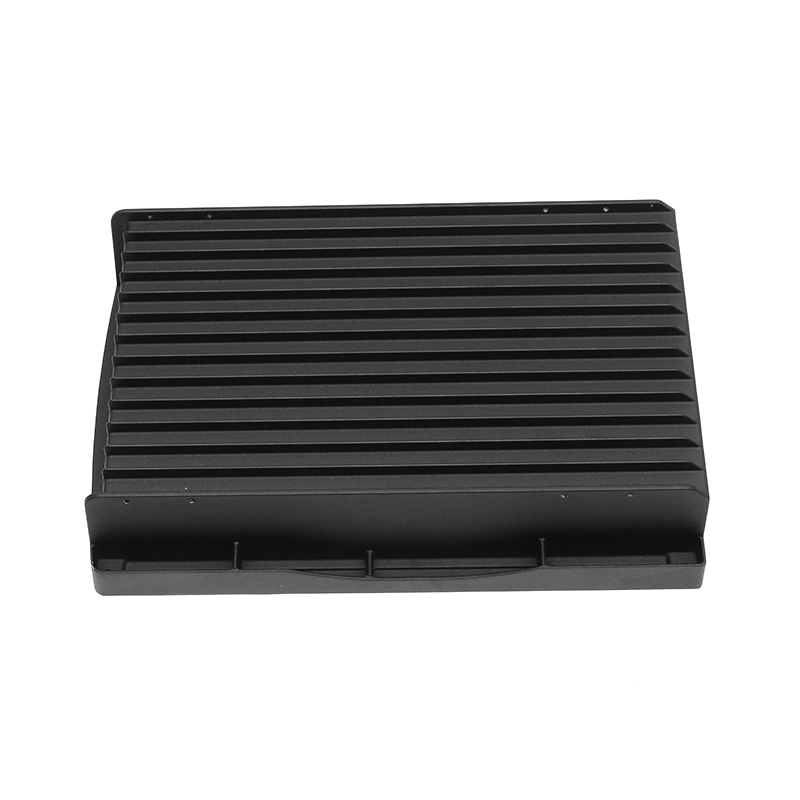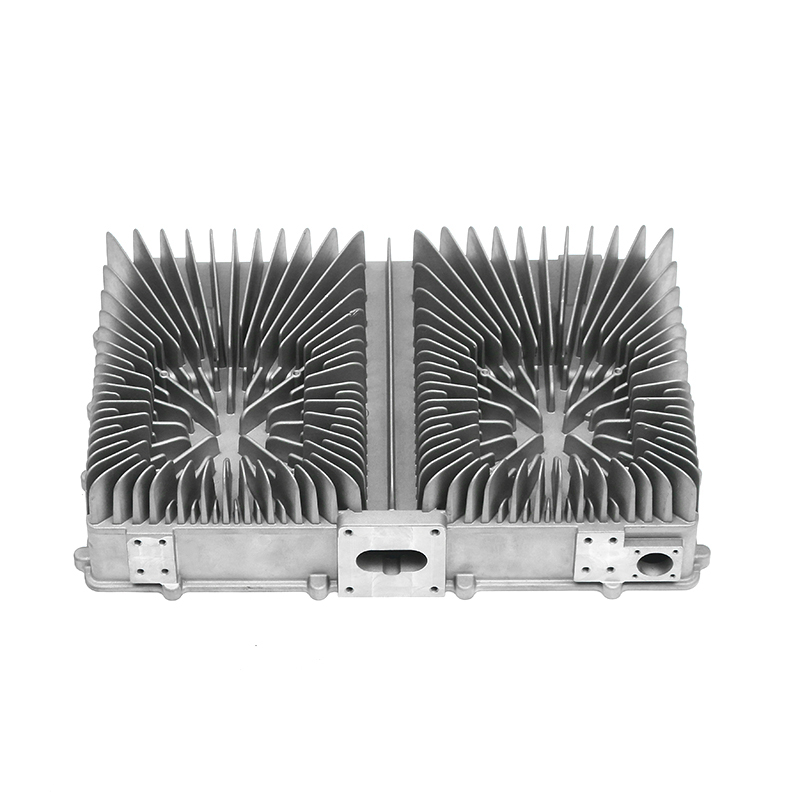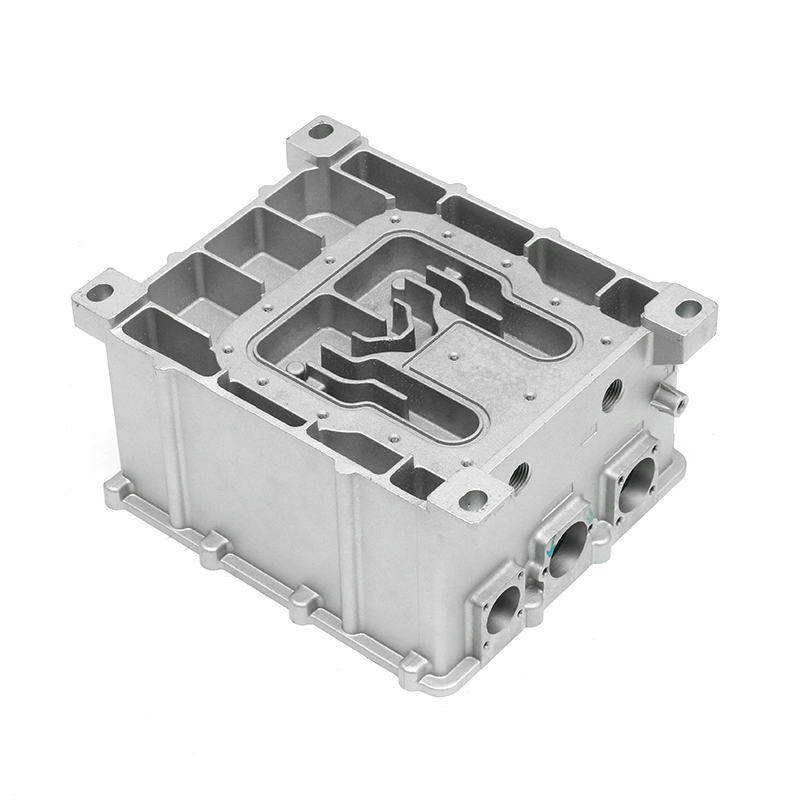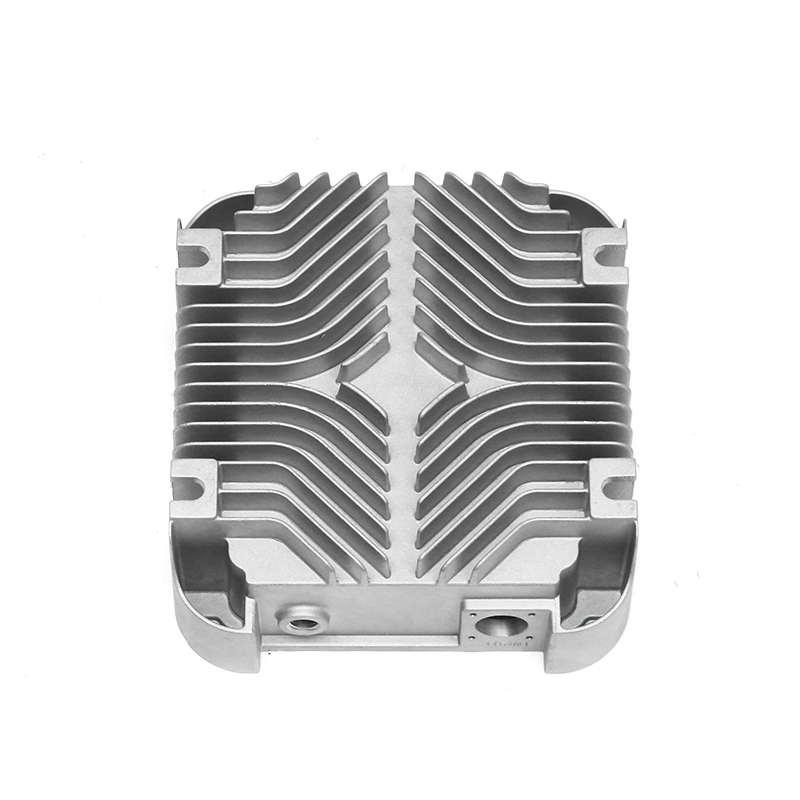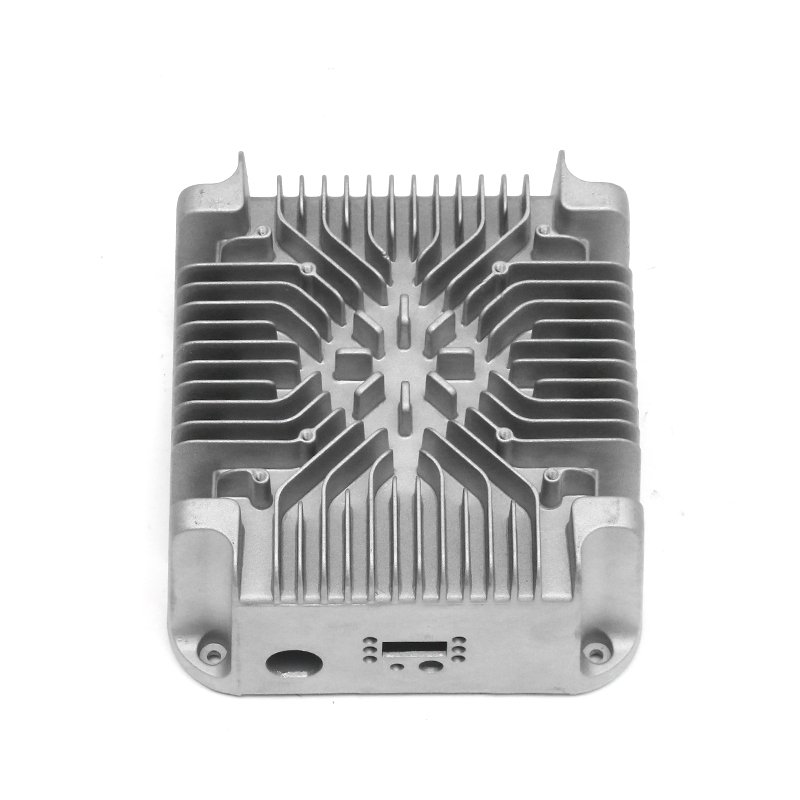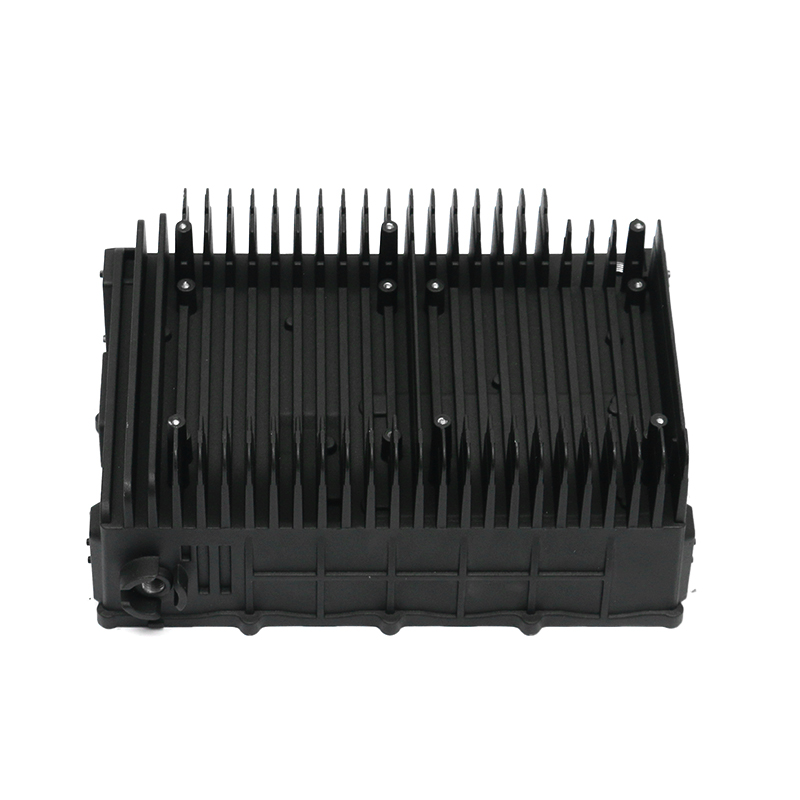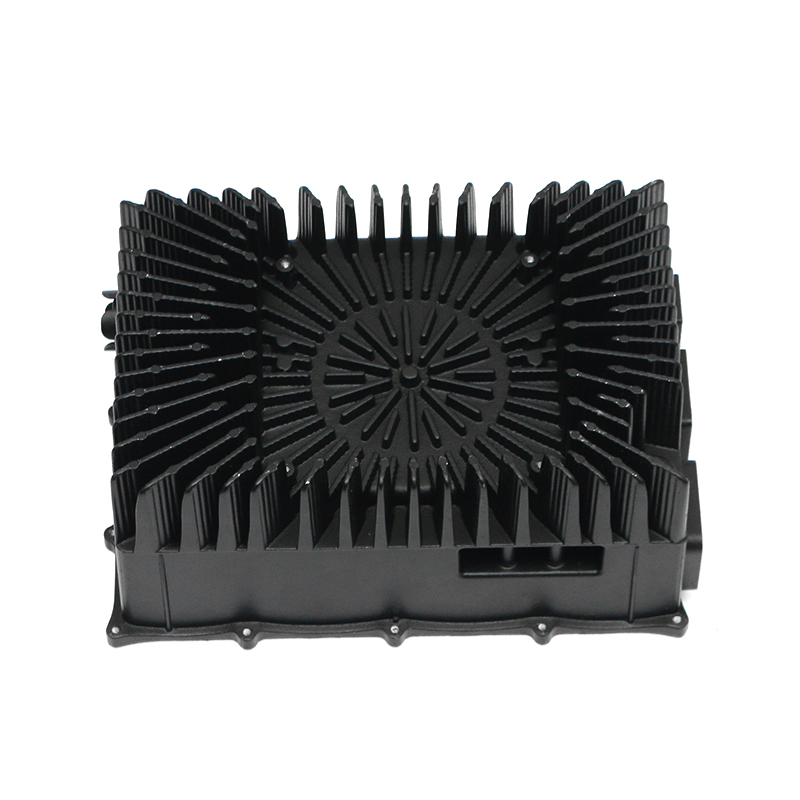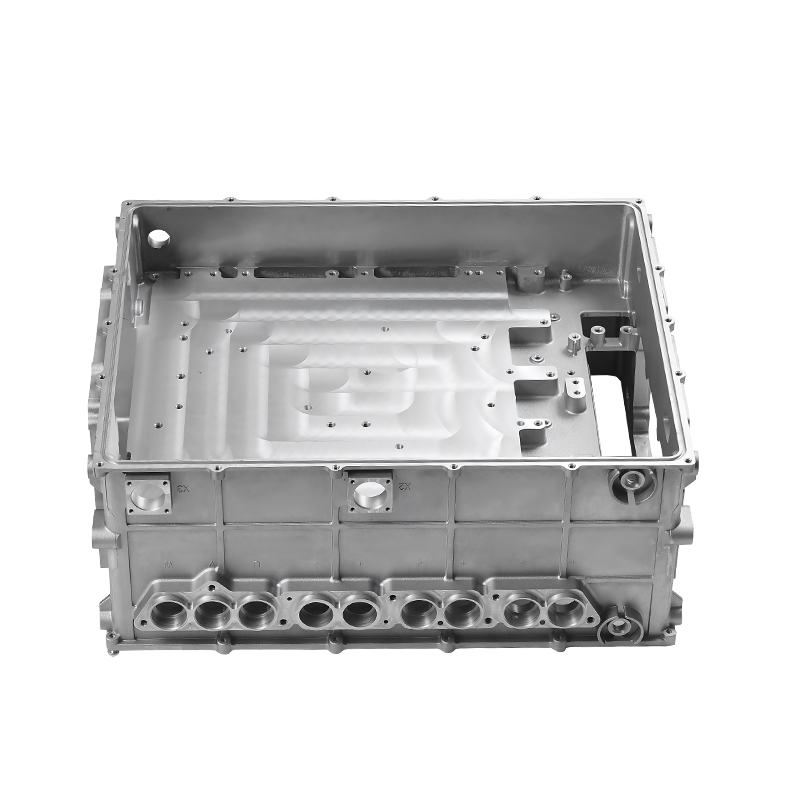Understand the role of the car water pump
The car water pump is an important part of the car cooling system. It is mainly used to pump coolant from the radiator to the engine to help the engine maintain a normal operating temperature. It ensures that the engine can effectively dissipate heat and avoid overheating in a high-temperature working environment by constantly circulating the coolant. If the water pump fails, it may cause the engine temperature to be too high or even seriously damaged. Therefore, regularly checking the working status of the water pump is an important step to ensure the normal operation of the car.
Common methods to determine whether the car water pump is normal
To determine whether the car water pump is working properly, car owners can use several simple detection methods. First, pay attention to the operating temperature of the engine. If the engine temperature is too high, or the temperature indicator on the dashboard flashes frequently, this may mean that the water pump cannot effectively circulate the coolant. In addition, checking whether the water pump itself has obvious signs of damage, such as coolant leakage, abnormal noise, etc., is also an important step to determine whether it is working properly.
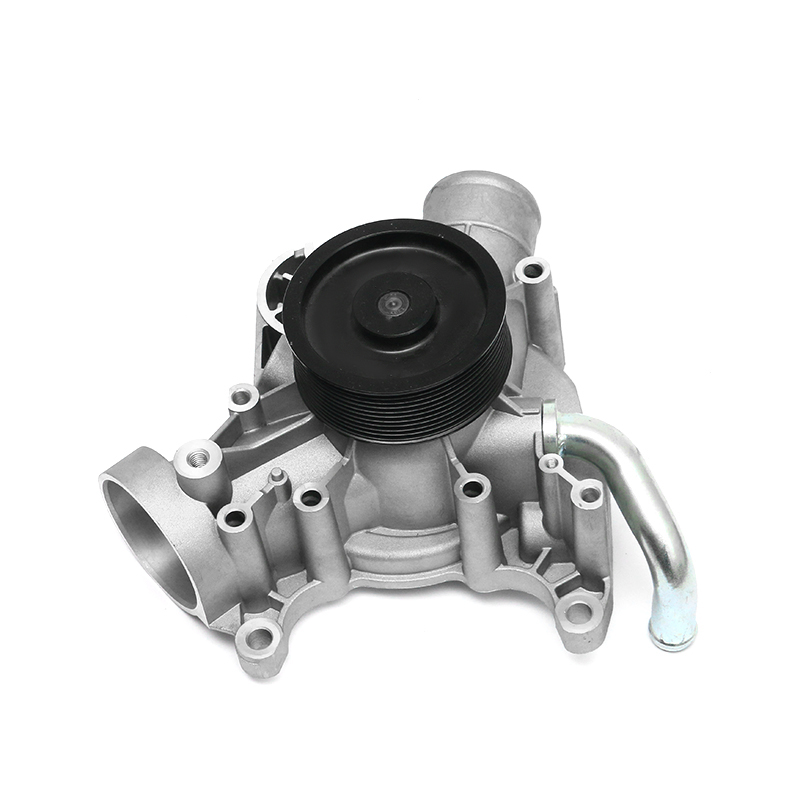
Check the flow of coolant
The operation of the car water pump depends on the flow of coolant, so whether the flow of coolant is normal can be used as an important basis for judging the status of the water pump. Car owners can open the coolant reservoir cap to observe whether the coolant keeps flowing when the engine is working. If the coolant does not flow or flows poorly, the water pump may be faulty. At this time, it is recommended to stop using the vehicle and check the water pump for damage in time.
Listen for abnormal noises in the water pump
A normally working car water pump should run smoothly and not produce abnormal noises. If the owner hears a humming, clicking or other abnormal noise from the water pump, this is usually a signal that there is a problem inside the water pump. The abnormal noise of the water pump may be caused by bearing wear inside the water pump, loose pump blades, or poor coolant flow. By checking for noise, you can preliminarily determine whether the water pump has a fault.
Check for coolant leakage
Coolant leakage is one of the common signs to determine whether the water pump has a fault. If coolant leakage is found around the water pump, it usually indicates that there is a problem with the seal or housing of the water pump. At this time, the owner needs to carefully check the housing and sealing parts of the water pump to see if there are any traces of coolant. If coolant leakage is found, replace the seal of the water pump or repair it in time to avoid affecting the normal operation of the cooling system.
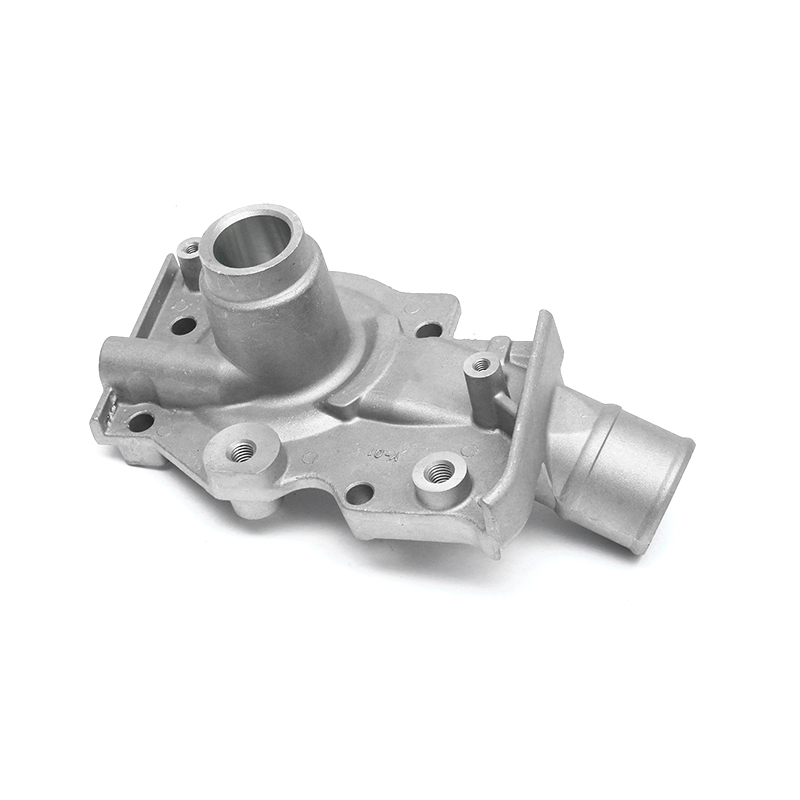
Check the engine temperature
If the car's water pump is not working properly, the engine will not be cooled in time, which may cause the engine to overheat. Car owners can check the engine temperature by looking at the temperature gauge on the dashboard. If the temperature indication is too high, it means that there may be a problem with the cooling system, and the water pump may be one of the reasons. In this case, you should stop the car immediately and check the condition of the water pump to avoid engine damage due to long-term overheating.
Observe the appearance of the water pump
Regularly checking the appearance of the water pump can also help car owners find potential problems. When checking the water pump, pay attention to whether there are cracks, rust or loose parts on its exterior. Especially in cold climates, the water pump may be affected by corrosion or water accumulation, causing its outer shell to age or damage. Appearance inspection can help detect early water pump problems and avoid larger failures.
Check the belt and coupling
The water pump is usually connected to the engine by a belt. The tightness of the belt and the condition of the coupling are crucial to the normal operation of the water pump. If the belt is too loose or worn, it may cause the water pump to not work properly. Car owners can check the condition of the belt to see if it has signs of cracks, wear or looseness. It is also important to check the coupling. If it is found to be loose or has abnormal noises, it should be repaired or replaced immediately.
Use a pressure tester for diagnosis
In order to more accurately detect whether the water pump is working properly, a cooling system pressure tester can be used. This test tool can help car owners check the sealing of the cooling system and determine whether the water pump can provide enough pressure to circulate the coolant. By pressure testing the cooling system, it is possible to find out whether the water pump is faulty in time, helping car owners to take appropriate measures to repair or replace it.
Preventive maintenance and inspection
In addition to regular inspections and tests, preventive maintenance is also essential to ensure that the water pump is working properly. Car owners can regularly replace the coolant and clean the cooling system according to the vehicle's manual. Regularly replacing the coolant helps maintain the cleanliness and effectiveness of the coolant and prevents impurities and sediment from clogging the water pump. In addition, checking and cleaning the pipes and fittings around the water pump is also an effective measure to keep the water pump working properly for a long time.
Check whether the car water pump is working properly
| Detection Method | Description |
|---|---|
| Check Coolant Flow | Open the coolant reservoir cap and observe if the coolant flows while the engine is running. Poor coolant flow typically indicates a problem with the water pump. |
| Listen for Unusual Noise | Listen for abnormal sounds, such as buzzing or clicking, coming from the water pump, which may indicate an issue. |
| Check for Coolant Leaks | Inspect around the water pump for coolant leakage. Leaks usually indicate a damaged seal or gasket. |
| Check Engine Temperature | Use the temperature gauge on the dashboard to monitor if the engine is overheating. Overheating suggests a problem with the cooling system. |
| Inspect Water Pump Appearance | Check the external condition of the water pump for cracks, rust, or any visible damage. |
| Inspect Belt and Coupler | Check the tightness of the water pump belt to ensure it isn't excessively worn or loose, and verify that the coupler is securely connected. |
| Use a Pressure Tester | Use a cooling system pressure tester to verify that the water pump can provide sufficient pressure to circulate the coolant. |

